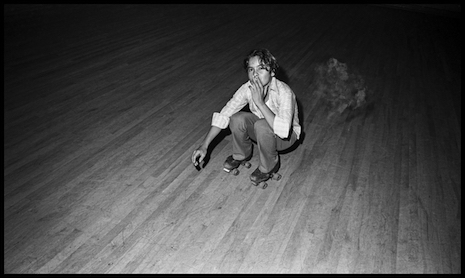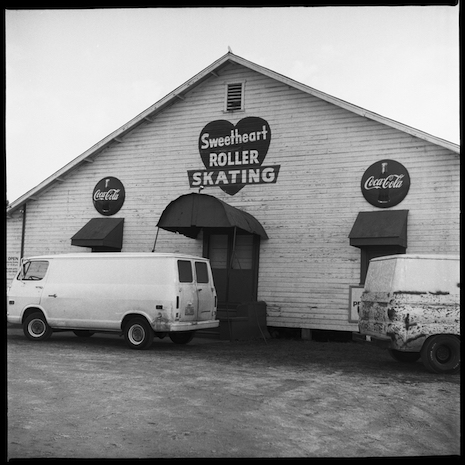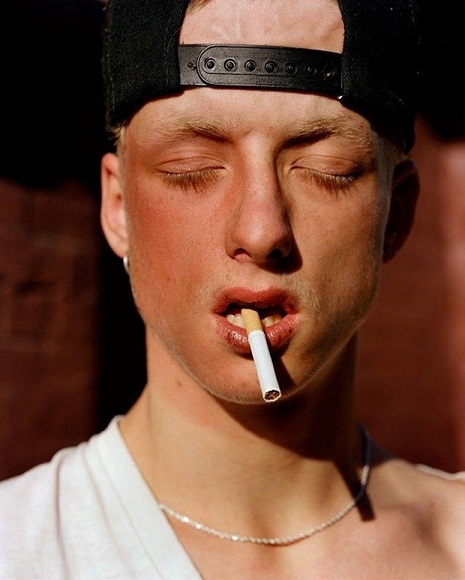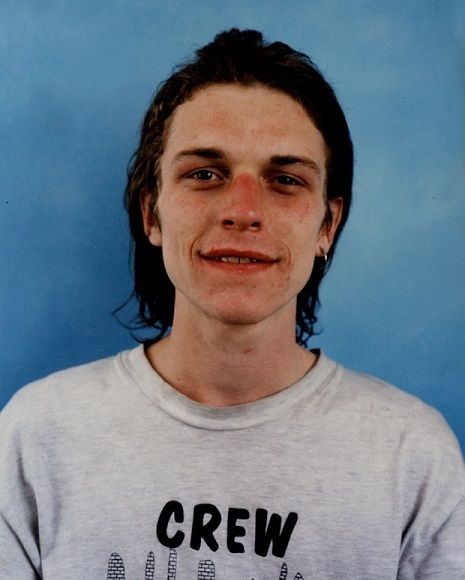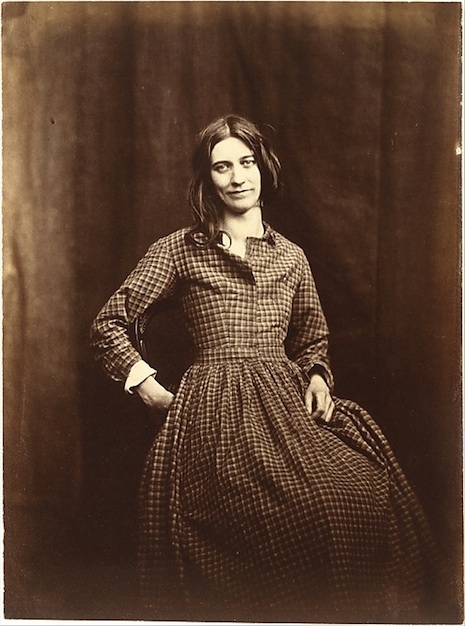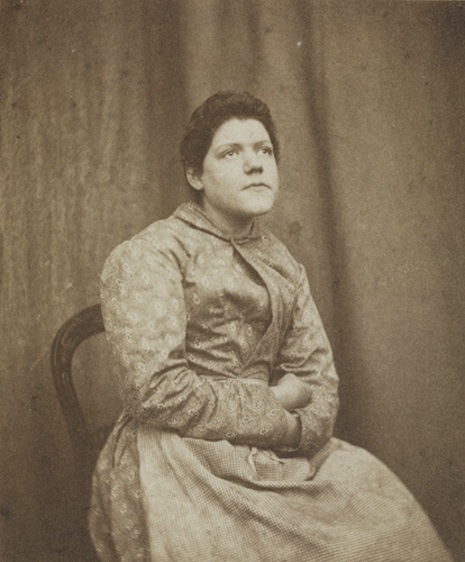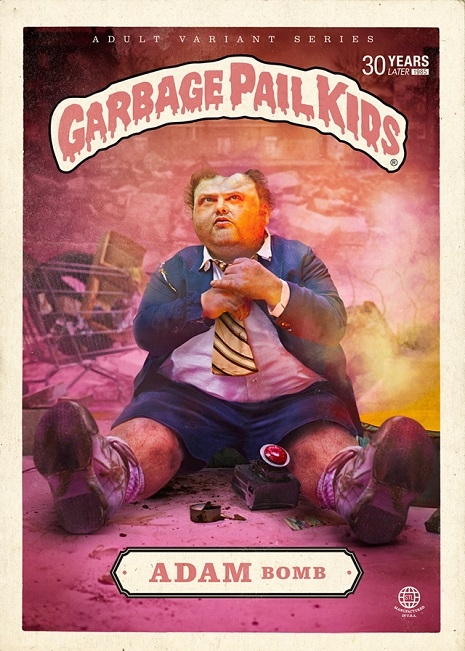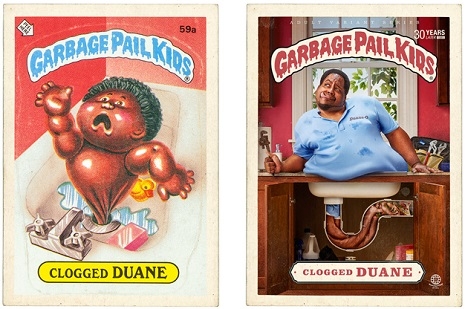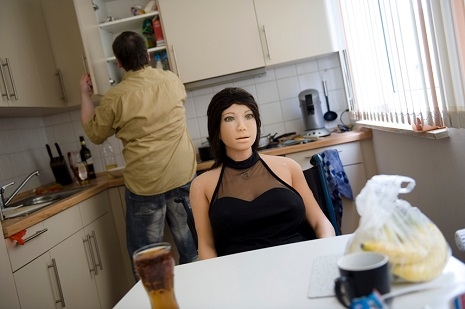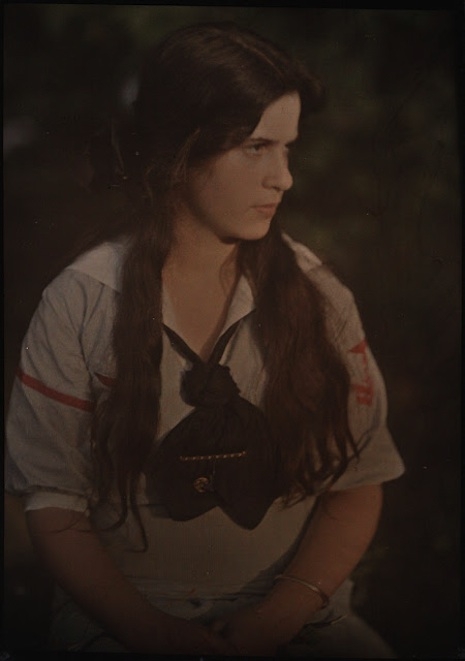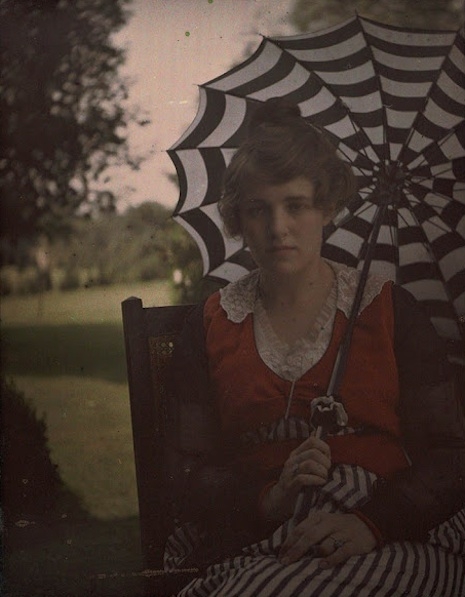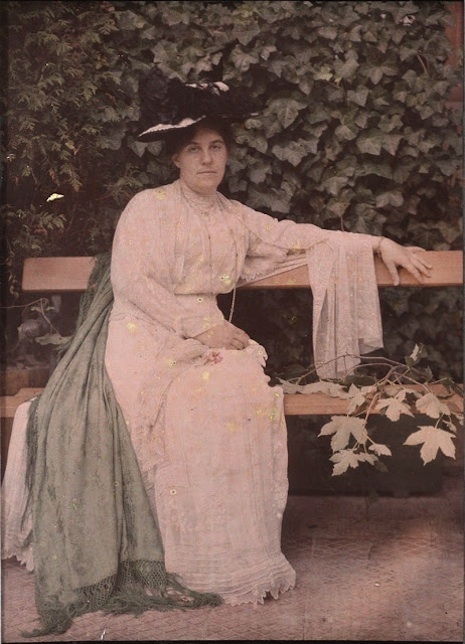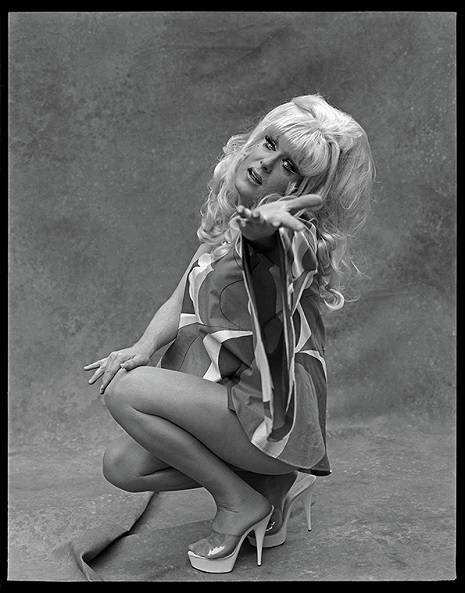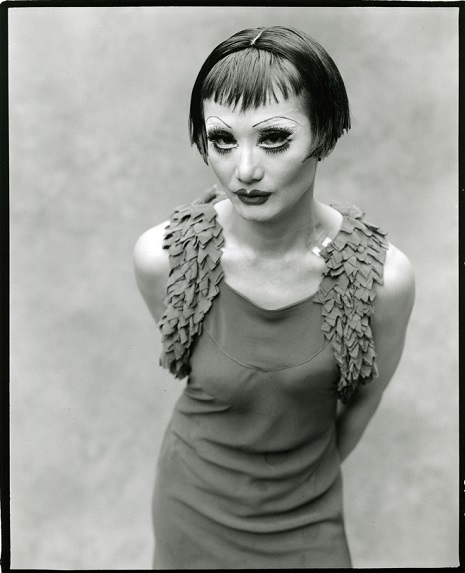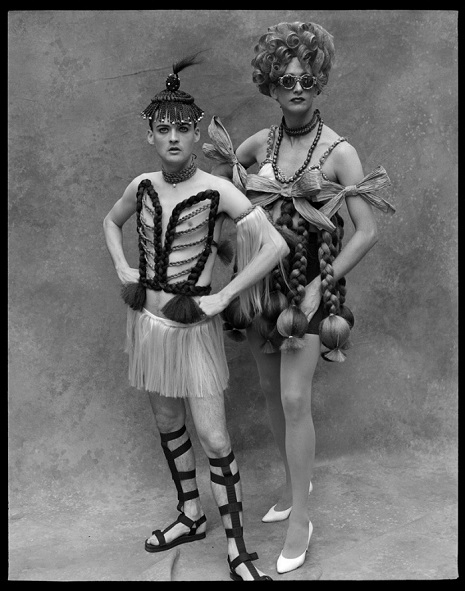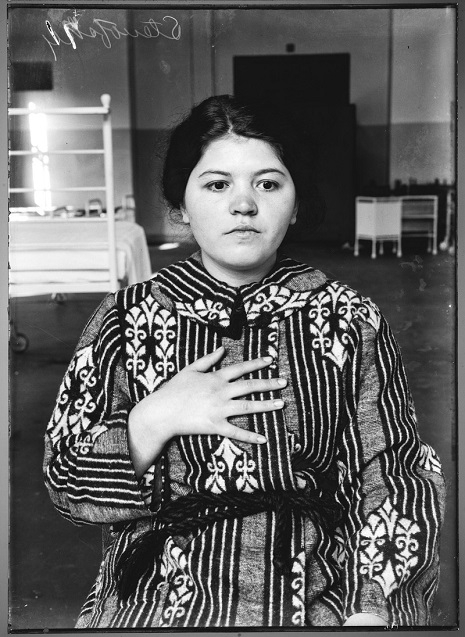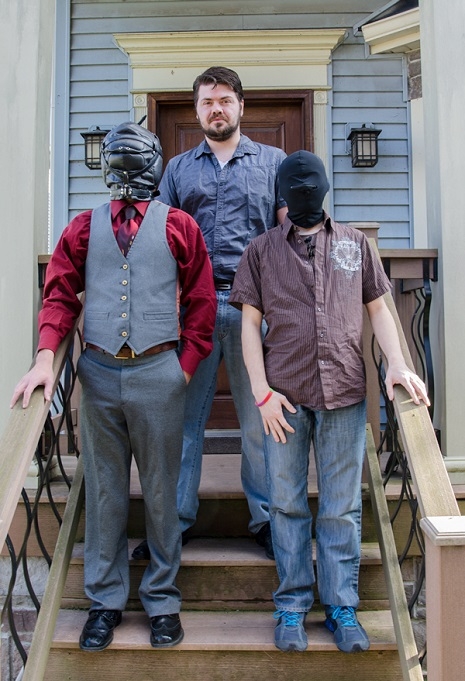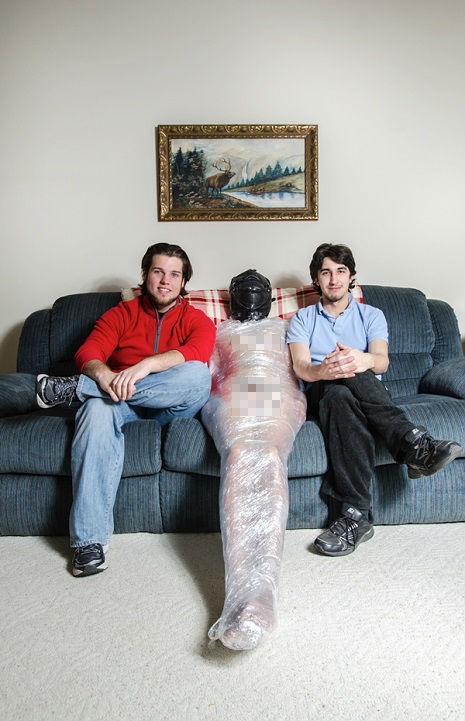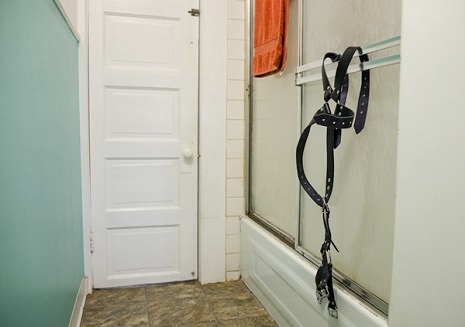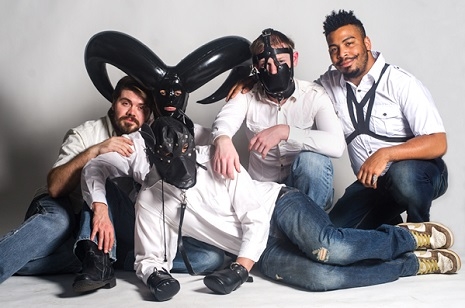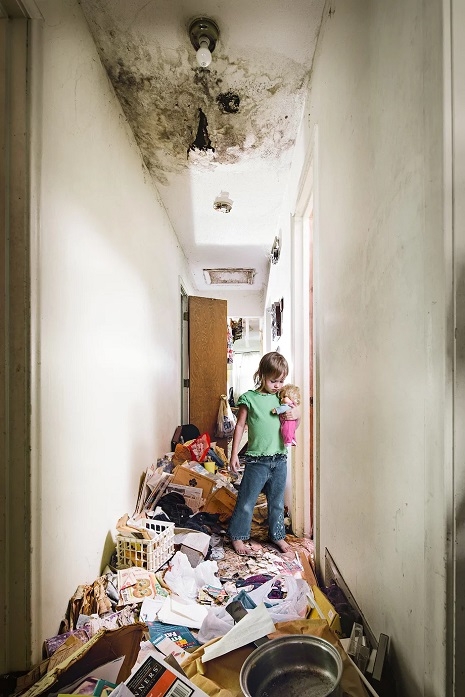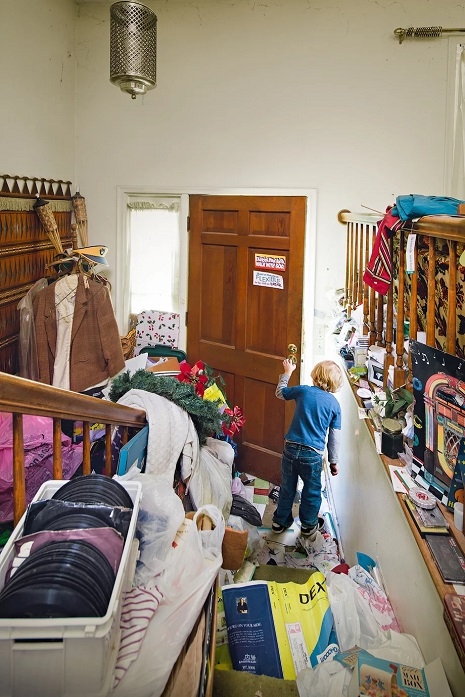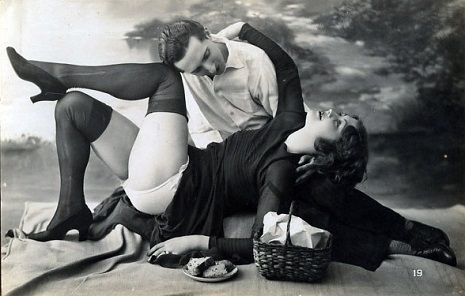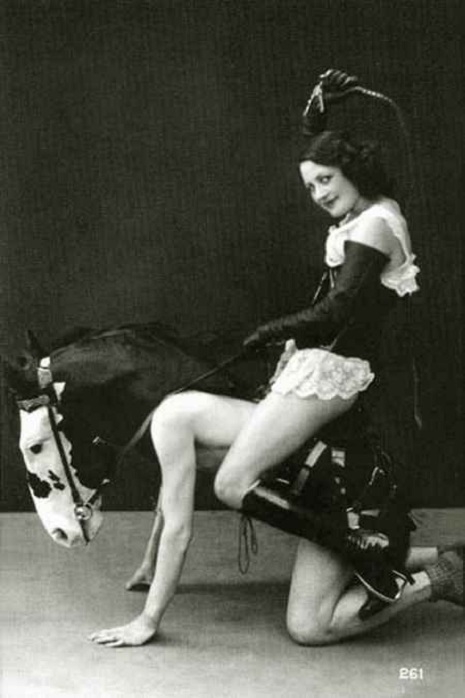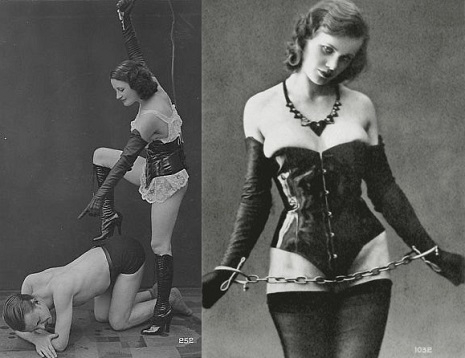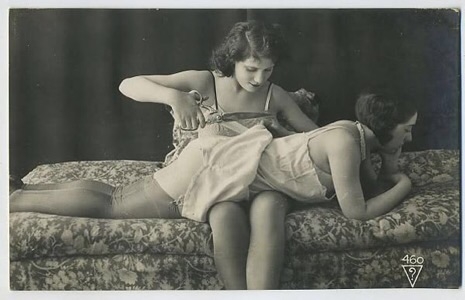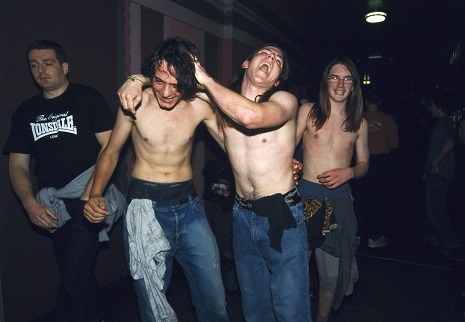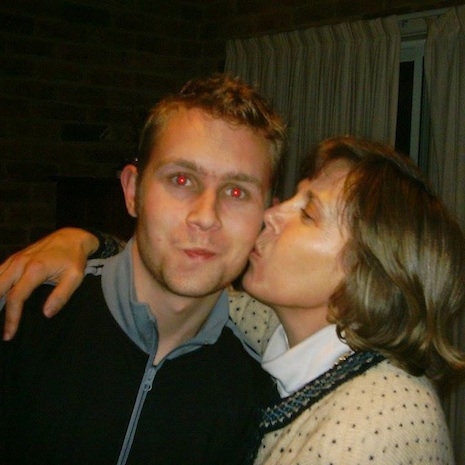
These moving photographs document one woman’s gradual deterioration into early onset dementia. They were taken by Jake Heath from Sydney, Australia, who photographed his mother Jacquie during the course of her illness.
The first photograph (above) was “taken in 2005 or so. At this point, Jacquie had Pick’s Disease, but it had been misdiagnosed as menopause. She would be about 48 here.”
Pick’s Disease is a type of Frontotemporal Dementia that causes progressive destruction of nerve cells in the brain. It is a rare disease and its symptoms include dementia and loss of language. Sufferers usually die within two to ten years.
Jake and his sister Zoe were living in Australia when they first heard the news about their mother. Their parents were living in Toronto, Canada, when his father Tim told Jake and Zoe the heartbreaking news that their mother Jacquie was going to die—as Jake told the Daily Mirror:
“At the time I didn’t believe it. Zoe cried, but mum reassured her that it was ok and ‘all part of God’s plan’. Since then it’s been entirely surreal.
“The thing with Pick’s disease is that it has some very obvious stages. It’s always the stages that get to me the hardest, whether it’s paranoia, or forgetting names, forgetting how to eat, etc. Her condition is now the worst it’s ever been. Six weeks ago she stopped walking, whereas previously she would spend all day hobbling around the living room. She also stopped being able to eat solid foods and is now on pureed. It’s like she has aged backwards.
“Life for the family now is surprisingly not that bad. Dad is a 24/7 carer for her, but he also has a lot of help from the government.
“I go down to Batemans Bay (where my parents live) to visit every six weeks or so. I think Zoe finds it harder, being a new mother and not having her own to guide her. Dad is a very strong and resilient man. His day-to-day is looking after her, but he has mentioned a few times to me that as long as he keeps his attitude in check he’s OK. And that attitude is one of doing what’s best, being easy on yourself, and just getting on with it.”
Jake’s father Tim explained what it has been like looking after his wife:
“The journey I’m on at the moment, it’s the long goodbye. It’s been happening since 2007, so for seven years she’s been slowly losing function and capability. I haven’t had a conversation with her in years where she’s actually said anything that’s made sense.
“When you’ve been doing it for this long you’d sort of rather it would have been something quick, like a car accident or something. At least it’s quick and you can move on.”
According to the World Health Organization, 47.7 million people globally are affected by dementia—there are 7.7 million new cases every year with just over half (58%) living in low to middle income households. Around 10% of people develop the disease at some point in their lives. The estimated proportion of the general population aged 60 and over with dementia at a given time is between five to eight per 100 people.
The total number of people with dementia is projected to be 75.6 million in 2030. It is believed this figure will almost triple by 2050 to 135.5 million.
My father, who died last month, suffered Alzheimer’s and dementia. It is believed he had suffered from the disease for several years before diagnosis. During his last year—from February 2013 onwards—his deterioration became very rapid and his behavior and mood swings increasingly erratic, unpredictable and violent. During his last months, he was admitted to a care home as we were no longer able to give him the attention he required. Most of the time he slept at the care home, when awake he was often irate and confused. He eventually fell into a coma and died from pneumonia.
Jake posted his photographs on Imgur under the heading “This is what Early Onset Dementia looks like.” This is what dementia looks like—the slow, horrendous eating away of a loved one until just the husk is left.
Though heartbreaking, Jake believes there is one good thing to have come out of this terrible disease:
“The silver-lining of this illness is that it has brought us closer together as a family, and it has given us a chance to love Jacquie the way she loved us.”
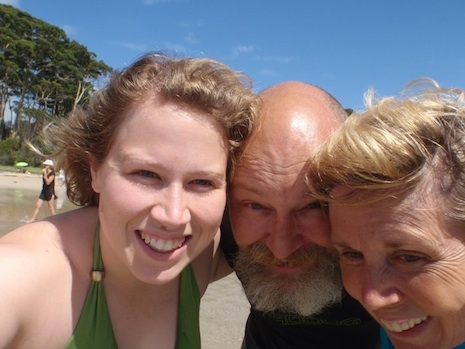
On the beach, around 2010. Lots of Jacquie around. She can’t remember too much though.
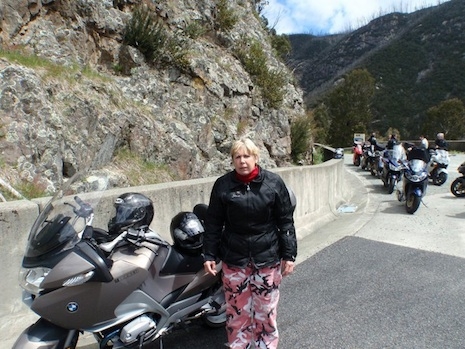
2010 again. Riding on the back of dad’s motorbike was one of her favourite things to do. She got quite terrified when the helmets were on, but once moving had a blast. This had to stop in 2011, when an on-bike paranoia attack nearly caused an accident.
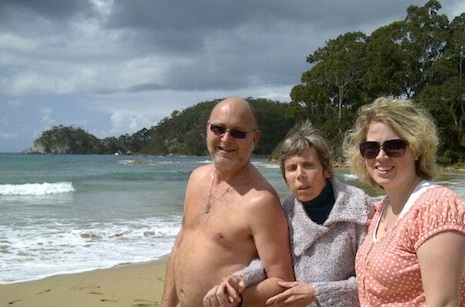
Beach-time walks. Weight is falling off. Conversation is non-existent.
More of Jake’s photos and his film ‘This is not Jacquie anymore,’ after the jump…
